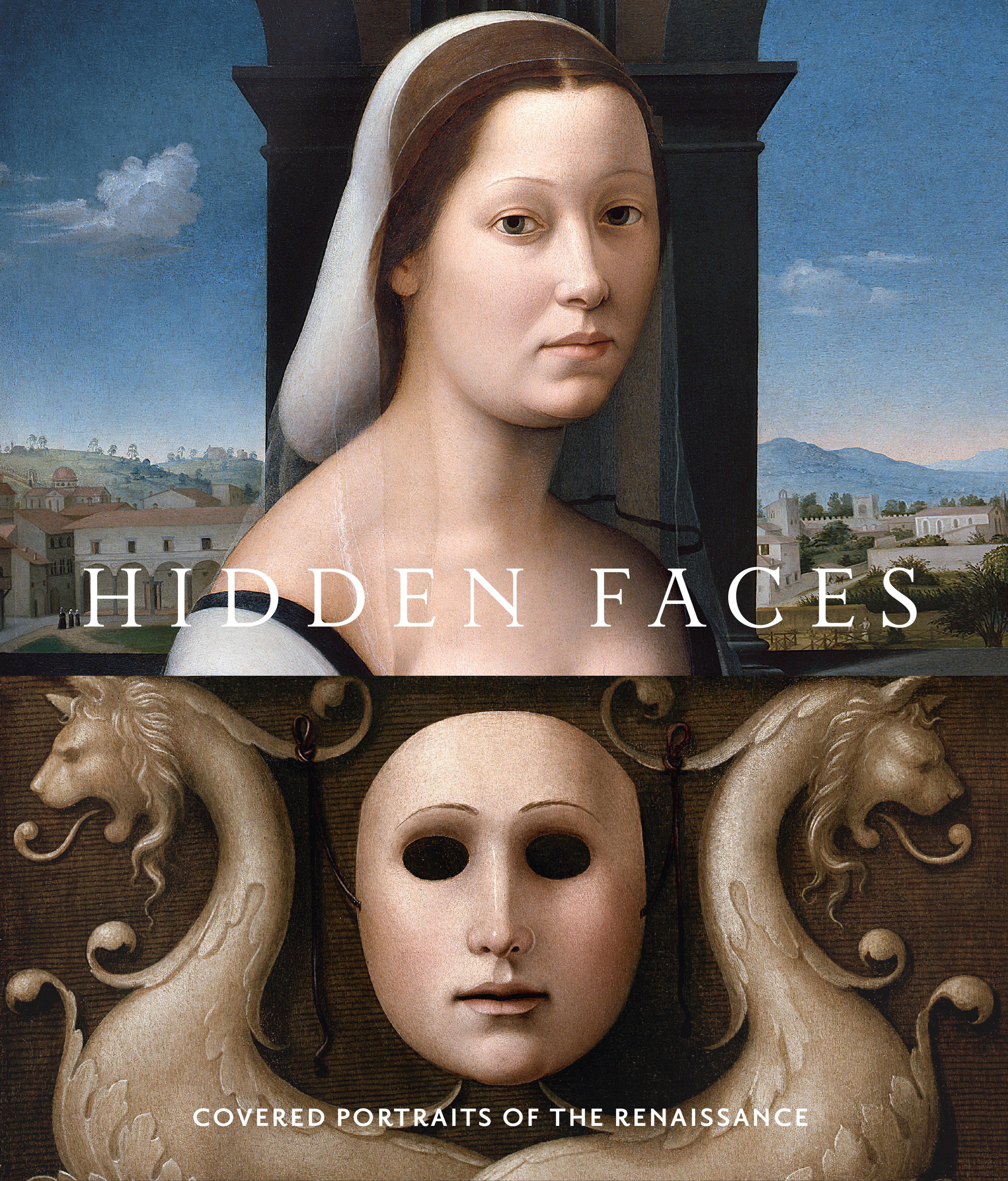Portrait medal of Cecilia Gonzaga (obverse); Innocence and a Unicorn in a Moonlit Landscape (reverse)
Active in Verona and the Italian courts, the celebrated master Pisanello left behind a significant legacy, including a large corpus of drawings and several paintings. He was also the inventor of the commemorative portrait medal. Inspired by Roman coins, with their portraits of rulers and allegorical representations on the reverse, the medals commemorated individuals or events and functioned as gifts and mementoes.
This medal -- the first to portray a woman - depicts Cecilia Gonzaga, the beautiful and learned daughter of Gianfrancesco Gonzaga, Marquess of Mantua. Cecilia was accomplished classical scholar and a pupil in the school founded by Vittorino da Feltre in Mantua. Refusing marriage, she became a Clarissan nun in 1445, just before this medal was produced. Pisanello chose to represent her here in secular court dress, suggesting that he was working from an earlier portrait or a sketch from life.
The reverse of this medal is one of Pisanello’s most poetic and subtle compositions. The half-naked maiden represents innocence and chastity. According to medieval lore, only a woman with these qualities can subdue the fierce and immortal unicorn, a symbol of both Christ and knowledge. The crescent moon, a sign of Diana, the virgin goddess, is a humanist allusion to classical antiquity.
This medal -- the first to portray a woman - depicts Cecilia Gonzaga, the beautiful and learned daughter of Gianfrancesco Gonzaga, Marquess of Mantua. Cecilia was accomplished classical scholar and a pupil in the school founded by Vittorino da Feltre in Mantua. Refusing marriage, she became a Clarissan nun in 1445, just before this medal was produced. Pisanello chose to represent her here in secular court dress, suggesting that he was working from an earlier portrait or a sketch from life.
The reverse of this medal is one of Pisanello’s most poetic and subtle compositions. The half-naked maiden represents innocence and chastity. According to medieval lore, only a woman with these qualities can subdue the fierce and immortal unicorn, a symbol of both Christ and knowledge. The crescent moon, a sign of Diana, the virgin goddess, is a humanist allusion to classical antiquity.
Artwork Details
- Title: Portrait medal of Cecilia Gonzaga (obverse); Innocence and a Unicorn in a Moonlit Landscape (reverse)
- Artist: Pisanello (Antonio Pisano) (Italian, Pisa or Verona by 1395–1455)
- Date: model 1447 (old aftercast)
- Medium: Bronze (copper alloy with warm brown patina under a worn layer of black wax)
- Dimensions: Diameter: 3 5/16 in., 142.55g (8.4 cm)
- Classification: Medals
- Credit Line: Robert Lehman Collection, 1975
- Object Number: 1975.1.1307
- Curatorial Department: The Robert Lehman Collection
More Artwork
Research Resources
The Met provides unparalleled resources for research and welcomes an international community of students and scholars. The Met's Open Access API is where creators and researchers can connect to the The Met collection. Open Access data and public domain images are available for unrestricted commercial and noncommercial use without permission or fee.
To request images under copyright and other restrictions, please use this Image Request form.
Feedback
We continue to research and examine historical and cultural context for objects in The Met collection. If you have comments or questions about this object record, please contact us using the form below. The Museum looks forward to receiving your comments.
